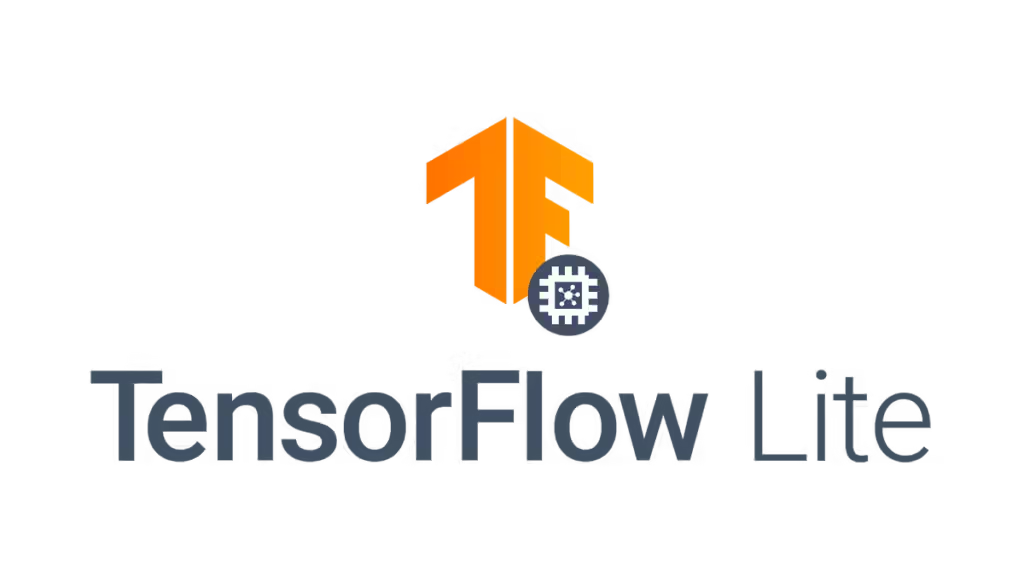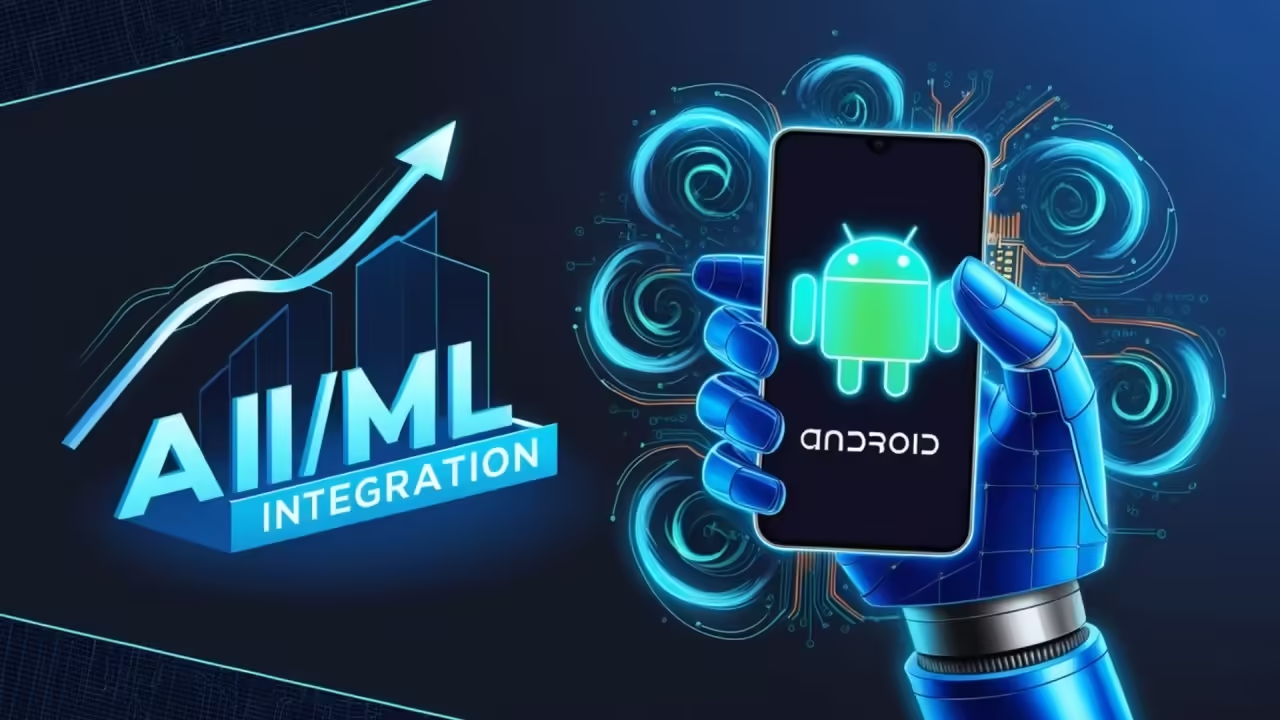In 2024, the integration of machine learning (ML) and artificial intelligence (AI) has become central to delivering more intelligent, personalized, and context-aware Android applications. As Android developers seek to enhance user experiences, tools like TensorFlow Lite, Google ML Kit, and on-device machine learning models are making it easier to build powerful, real-time AI features directly into apps.
By leveraging AI and ML APIs, developers can create apps that understand user behavior, improve engagement, and offer innovative functionalities like facial recognition, natural language processing (NLP), image classification, and augmented reality (AR). In this post, we’ll explore the key APIs and tools that are shaping Android app development in 2024 and how you can implement them to supercharge your applications.
Key Machine Learning and AI APIs for Android in 2024
With a growing ecosystem of machine learning frameworks and APIs, Android developers have access to a wide range of tools to embed AI-powered features into their applications. Let’s look at some of the most important ML and AI tools for Android in 2024:
1. Google ML Kit: Ready-to-Use Machine Learning Solutions
Google ML Kit is one of the most powerful tools for integrating machine learning into Android apps, providing a suite of ready-made APIs designed for on-device processing. In 2024, ML Kit has evolved with enhanced capabilities for real-time user interactions and faster, more accurate predictions.

• Text Recognition and Translation: ML Kit’s Text Recognition API allows apps to extract text from images, enabling features like instant translation and automated form entry. In 2024, this API supports over 100 languages, offering enhanced global reach for applications.
• Face Detection: The Face Detection API is optimized for AR applications, enabling apps to detect facial features in real time. This is especially useful for filters, avatars, and personalization features in social media and entertainment apps.
Internal Link: Learn more about integrating ML Kit in our Android ML Kit guide.
2. TensorFlow Lite: On-Device ML for Android
TensorFlow Lite continues to be the go-to solution for running machine learning models on mobile devices. It’s designed to work seamlessly with TensorFlow models, offering fast and efficient on-device inference without needing an internet connection.

• Model Optimization: In 2024, TensorFlow Lite has introduced better model compression techniques, allowing developers to shrink the size of their models while maintaining accuracy. This enables the deployment of more sophisticated AI features without impacting the app’s performance or user experience.
• Custom Models: Developers can now create and deploy custom TensorFlow Lite models to provide unique, tailored features like image classification, object detection, and speech recognition.
External Link: Discover more about TensorFlow Lite’s new features in 2024 at TensorFlow.org.
3. On-Device AI Models for Real-Time Performance
In 2024, on-device AI models are a crucial part of enhancing Android apps with real-time AI capabilities. These models eliminate the need for cloud-based processing, making apps faster and more privacy-conscious by performing computations directly on the user’s device.
• Edge AI: By running AI models on-device, developers can ensure their apps function seamlessly even in offline scenarios, a vital feature for users in regions with unreliable internet connections.
• Data Privacy: On-device AI reduces the need to send user data to remote servers, helping developers build apps that adhere to strict privacy regulations like GDPR and CCPA.
Key Use Cases of Machine Learning in Android Apps
With the power of machine learning APIs and frameworks, Android developers can introduce advanced functionalities across a range of use cases in 2024:
1. Personalized User Experiences
By leveraging AI and ML, Android apps can offer more personalized experiences based on user preferences and behavior. Apps like e-commerce platforms, streaming services, and fitness trackers can use machine learning algorithms to recommend content, products, and routines tailored to individual users.
• Recommendation Systems: Machine learning models can analyze user behavior to recommend relevant items, such as personalized movie suggestions in a streaming app or custom workout routines in a fitness app.
• Dynamic User Interfaces: With ML, apps can adapt their user interfaces in real time based on the user’s actions, offering a more intuitive and dynamic experience.
2. Enhanced Image and Video Processing
ML and AI technologies are transforming how Android apps process and analyze images and videos. Apps can use TensorFlow Lite or Google ML Kit’s Vision APIs to perform real-time image classification, object detection, or augmented reality enhancements.
• Image Classification: With AI-powered image classification, apps can automatically tag, categorize, or filter images. For example, photo management apps can use this feature to organize images based on content (e.g., landscapes, people, pets).
• Augmented Reality (AR): In 2024, AR apps are increasingly relying on ML to overlay virtual objects onto the real world. AI-enhanced AR tools allow for more precise object tracking and interaction, making AR experiences more immersive and realistic.
3. Voice Assistants and NLP
Natural Language Processing (NLP) is an essential part of building intelligent voice assistants, chatbots, and conversational interfaces in Android apps. In 2024, advances in NLP have made it possible to create apps that understand and process human language with greater accuracy.
• Speech Recognition: TensorFlow Lite’s speech recognition models allow developers to add voice control and dictation features to apps, while also supporting multiple languages and dialects.
• Chatbots and Virtual Assistants: With NLP, Android apps can offer more interactive user support through intelligent chatbots. These assistants can answer questions, troubleshoot issues, or provide recommendations based on user input.
Best Practices for Enhancing Android Apps with AI in 2024
To successfully integrate machine learning and AI into your Android apps, follow these best practices:
1. Optimize for Performance
When integrating ML models, ensure they are optimized for mobile performance. Use TensorFlow Lite’s model quantization techniques to reduce the size of your models and improve processing speed. Always test your models on a range of devices to ensure they run smoothly without draining the device’s battery.
2. Focus on User Privacy
With increasing privacy concerns, it’s essential to handle user data responsibly. On-device processing should be a priority when building AI features that handle sensitive user information. Additionally, provide users with transparent explanations of how their data is being used, and allow them to opt out of data collection when possible.
3. Experiment with Pre-Trained Models
To reduce development time, leverage pre-trained models available through Google ML Kit and TensorFlow Lite. These models are designed for common tasks like text recognition, face detection, and object classification, allowing you to add AI features without building custom models from scratch.
Internal Link: Read more about model optimization in our post How to Optimize AI Models for Android.
Conclusion: Elevating Android Apps with AI and ML
In 2024, the integration of AI and machine learning is revolutionizing Android app development, offering endless possibilities for creating smarter, more personalized, and context-aware applications. By leveraging APIs like Google ML Kit, TensorFlow Lite, and on-device models, developers can unlock new levels of app performance, interactivity, and user satisfaction.
Whether you’re building advanced image recognition features, personalized recommendation systems, or interactive voice assistants, the tools and technologies available today make it easier than ever to enhance Android apps with cutting-edge AI capabilities.

